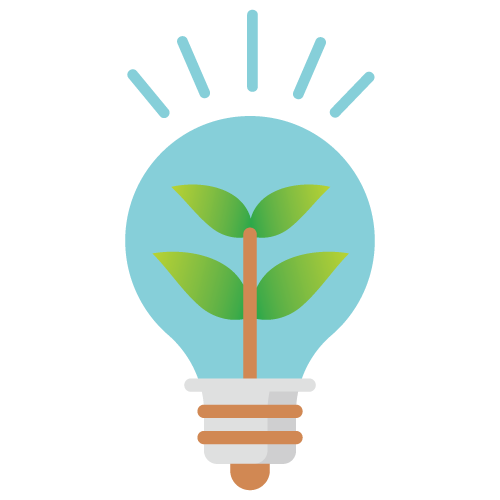Project
Join us on our mission towards a greener, cleaner future! Discover the innovative approach of Valzeo to address the challenges of agro-industrial waste and water pollution.

WELCOME TO VALZEO
Project Summary
In EU, an average of 3.1 million tons of paddy rice is produced (ca. 450.000 ha). Around 80% of the EU rice production takes place in Italy and Spain, with a further 12% in Greece and Portugal. Globally, 750 million tons of rice husk (RH) are yearly produced, and it is estimated a continuous increase of 1.1% each year. Each ton of rice can produce 20% of RH, that must be eliminated since it accumulates in the environment due to its low degradability. RH generates 18-20% of RHA through a combustion process. The inadequate deposition of RHA pollutes the environment and deteriorates the respiratory system of humans and animals. During RH incineration, the burnt ash can spread into a large area facilitated by air, causing environmental pollution. According to these figures, large volumes of RHAs with low density are becoming a major challenge to the surroundings of dumping environment and dump fill areas.
VALZEO intends to employ RHAs as raw supplies to produce composite materials based on hierarchical zeolites modified by metal oxide nanoparticles (MON) and metal-organic framework (MOF) materials with a double purpose, the removal of pharmaceuticals, pesticides, dyes and microorganisms in water, and the catalytic production of biodiesel.
To address such challenge, VALZEO will promote the exchange of researchers from participating institutions to enhance the exchange of knowledge, best practices, know-how, innovative ideas, experience, cooperation, and culture of work. VALZEO will foster, improve and develop permanent international and inter-sector collaboration between academic research centers, and private sector, enhancing the exchange of knowledge, best practices, know-how, innovations, experience, mutual cooperation and culture of work at different regions and countries (ES, IT, UK and CU) through a series of scheduled secondments.

To determine all required parameters, that may have potential impacts on later obtained results, for specific identification and description of targeted sources of RHAs during the collection and sorting stages.
To define the appropriate procedures and methodologies for a representative sampling of RHAs.
Implementation of a successful enrichment process of targeted RHAs.
Capacity building in state-of-the-art analytical methods for the complete characterisation of raw materials, Q/A for optimisation process and silicon production.
To obtain optimal raw material for the ulterior synthesis of zeolites, MONs, and MOFs.

Design, development, and characterization, and testing of zeolites, MONs, and MOFs.
Robust process for the feasible upscale of the materials manufacturing.

To evaluate the performance of developed materials for water treatment / biodiesel production.
To determine the lifecycle of developed materials.

To identify relevant end users and key opinion leaders to capitalize project outcomes for a successful exploitation.
To validate the developed upscaled materials using a variety of real polluted effluents or producing biodiesel of acceptable quality and performance.
To demonstrate the materials and processes to interested end users and evaluate economic aspects of materials application.
To gather end users’ feedback for an iterative loop of constant quality improvement.

Develop/deliver a robust CDP for maximum impact within/external to consortium.
To valorize VALZEO outcomes by disseminating results through sound communication/promotional activities to engage maximum number of stakeholders.
To ensure effective external communication, dissemination and optimal ToK and applications leading to outreach industrial stakeholders and civil society, who would benefit from project’s outcomes and optimal exploitation.
To attract interest of public/investors/research sector/SMEs and SMEs’ associations through articles and advertisements in dedicated technical press, organizing specific events

To create a management framework, maintain overall consortium communication, act as communication channel with REA.
Ensure achievement of project aims within time and budget.
Ensure communication and coordination.
To set up and manage financial accounting records and reporting mechanisms.
Quality assurance implementation to ensure project performance, impact, and visibility.
